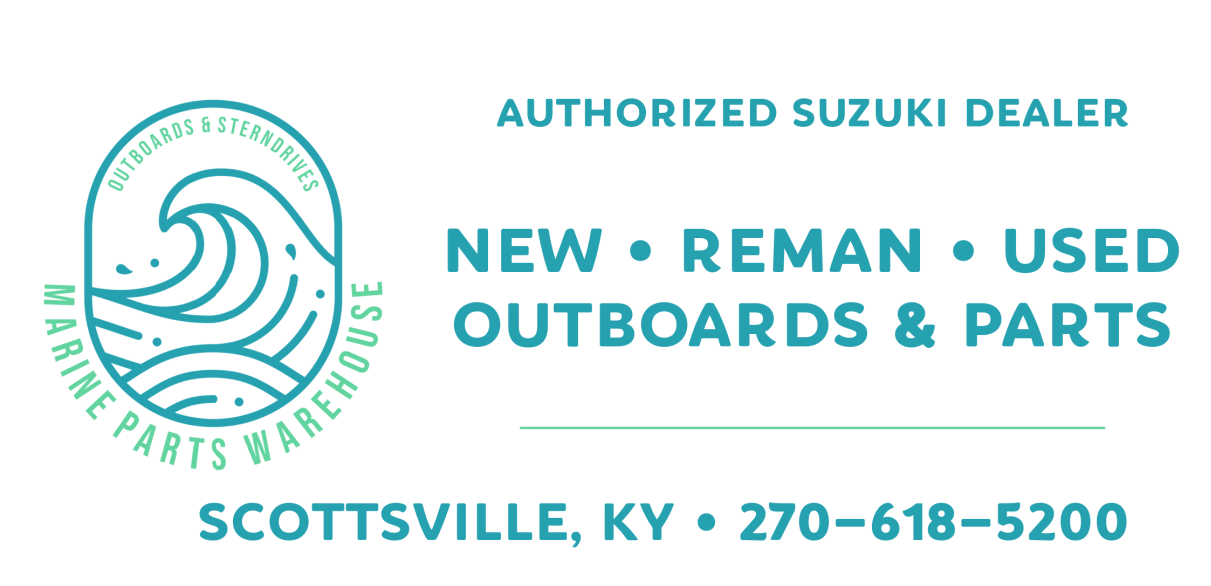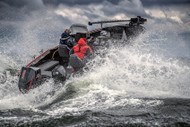Seven Outboard Engine Killing Mistakes!
The way an owner drives his boat can have a drastic effect on how long the engine lasts. Don't do these seven things!
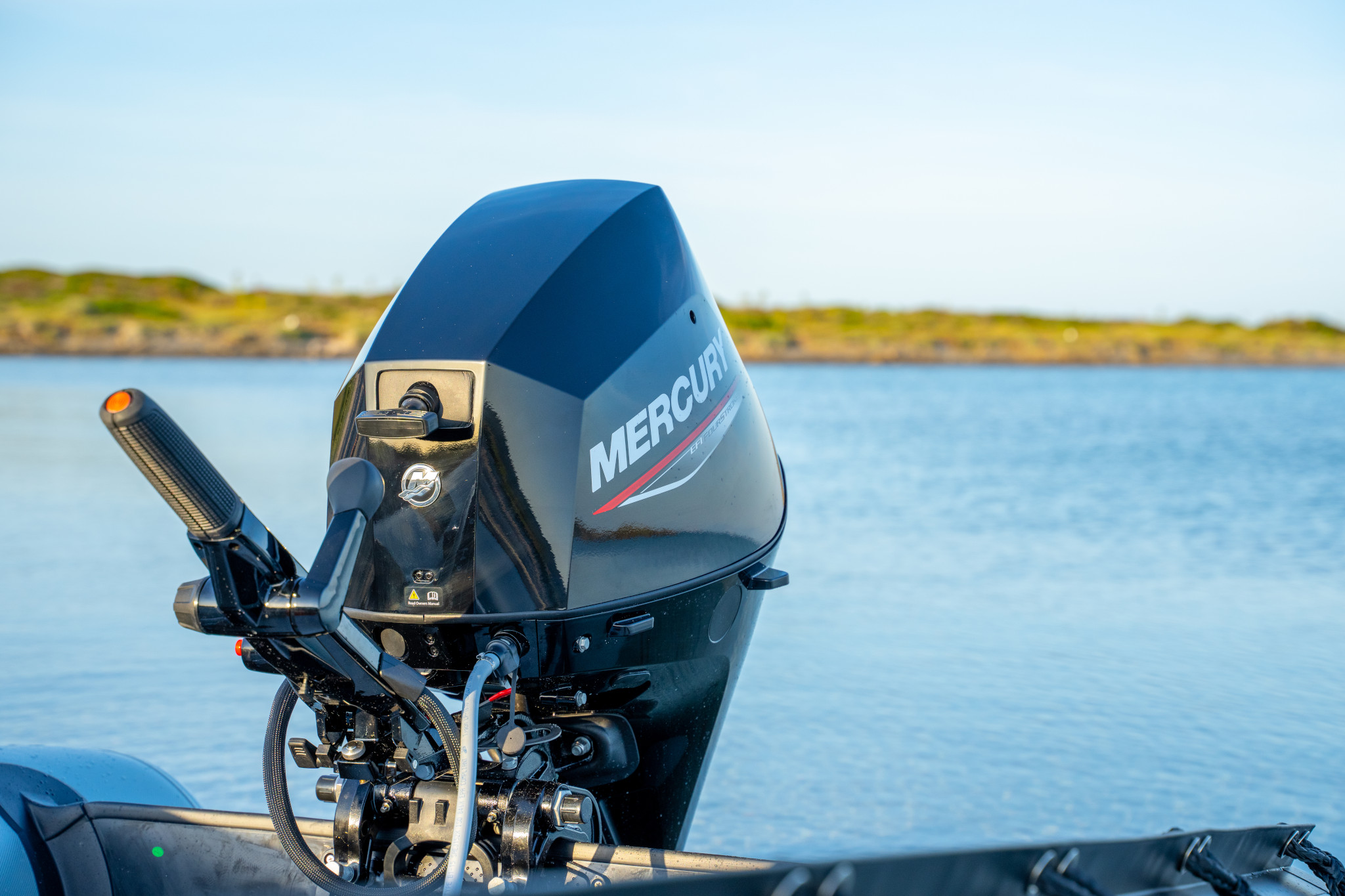
1. Dry starts
Most boaters are guilty of accidentally starting their engine with the prop high and dry, but I’ve seen boaters at the ramp give their engine a quick bump of the starter switch just to make sure their battery is strong enough. This is a huge no-no. According to David Meeler, Yamaha’s product design manager, “You only have about 15 seconds of cumulative dry running time before your impeller starts to fail due to excessive friction. That means if you run your outboard dry for three seconds five times, it will likely fail.” It can get even worse. If an impeller fails and pieces of the vanes break off, they can cause serious engine damage when they get lodged in the cooling jacket and block water flow.
2. Excessive Warm-Up
We’ve all seen that guy at the ramp who starts his engine and lets it idle for 15 minutes or more before he leaves the dock, much to the annoyance of everyone else. All he is accomplishing is prematurely aging his motor. Modern engines that use fuel injection only need a short warm-up time before they can be run at planing speed, though nobody should go from start to full throttle immediately. If you start the engine, release the dock lines — rookie move to do it the other way — and idle away from the ramp, that should be plenty of warm-up time.
3. Slow Shifting
Shifting timidly — trying to avoid that big clunk — does far more damage than shifting quickly. During slow shifts, that grinding sound is the motor’s clutch wearing out, which could lead to its eventual failure. Larger modern Yamahas have a Shift Dampening System that eliminates the loud clunk, but drivers should always make a positive move with the throttle lever to get it in gear quickly, even if that banging sound makes them cringe, because they really can’t do it too quickly. Some skippers wait five seconds or so before shifting from forward to neutral to reverse when docking, but it isn’t necessary. A second or so is all they need. Mercury claims its Verado outboards can be shifted from cruise to reverse without damaging them, but I’ve never had the guts to try it.
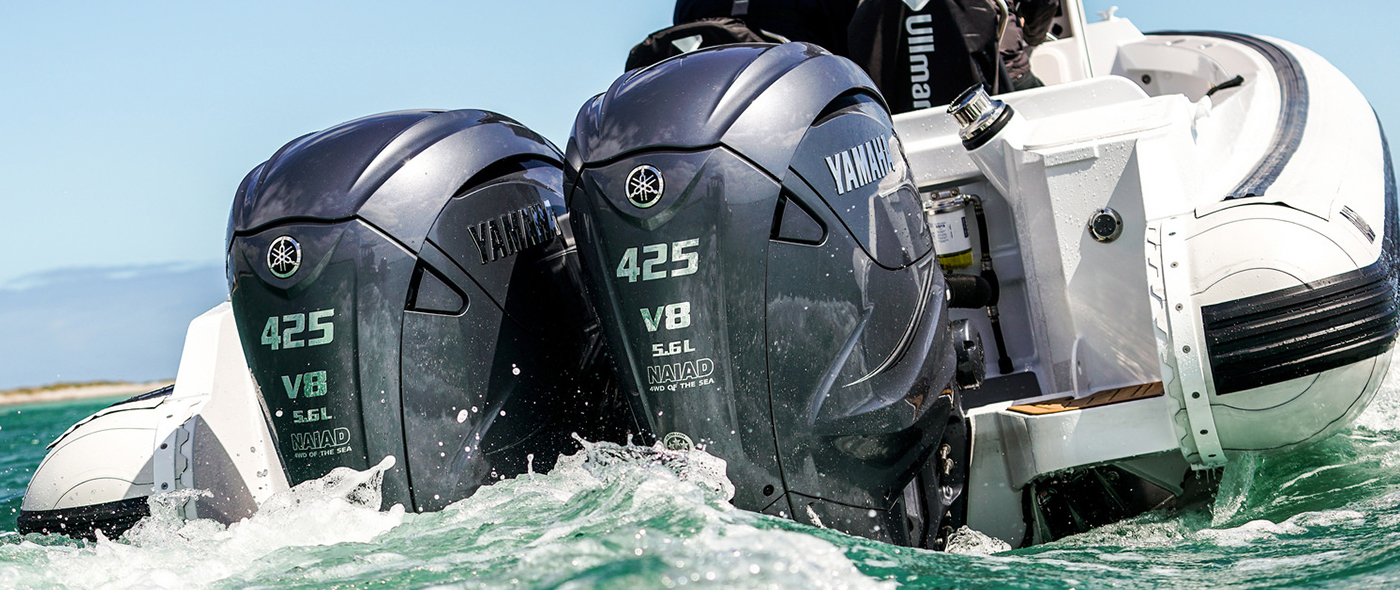
4. Slow Planing
Easing a boat on plane slowly is far worse for an engine than jamming the throttle quickly. During acceleration an engine is under its greatest strain, so drivers should minimize that time. In addition to applying the throttle quickly, make sure the outdrive or outboard is trimmed all the way in and the trim tabs (if present) are engaged. Doing so will improve fuel economy.
5. Improper Trim
Another way to prematurely age a motor is by not trimming it properly. With the trim set too far down, the bow of the boat plows and creates load on the engine — like a car driving up a steep hill. Reduce the strain on a motor by trimming it up until the hull breaks free, which should cause the boat to suddenly go faster. With the trim up too far, however, the boat will lose speed and cause the engine work harder than it needs to.
6. Suboptimal Speeds
There is usually a speed I call the “happy speed,” where a motor is operating at peak efficiency, which will prolong its life and burn less fuel. Owners have a couple of ways to determine their boat’s best speed. I use the sound of the engine to assist me. In its sweet spot, an engine seems to quiet down and vibrate less. If the boat has a fuel flow monitor, set it to read in miles per gallon, which will measure when the engine has reached the happy trim/rpm balance. But don’t go by this alone, because slower speeds might show better fuel economy but will require the motor to be run longer, which will age it more. Find a moderate cruise that sounds like the engine is loafing along and adjust the trim until the mpg measurement is maxed.
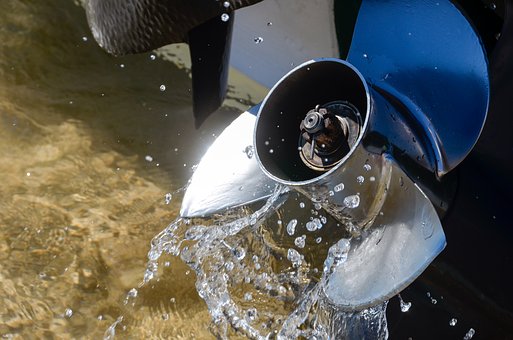
Does this mean an engine should never run at wide-open throttle (WOT)? Absolutely not. Modern engines are designed to handle WOT. Also, during break-in going to WOT, as prescribed by the owner’s manual, is necessary to properly seat the pistons’ rings. It’s also good to do it once in a while to check the engine’s health. Owners should keep a log and note the max rpm and speed. If the numbers suddenly drop, something could be amiss.
7. Aggressive Driving in Rough Water
Although it looks cool, jumping a boat in large waves to the point where its prop breaks loose is a horrible idea. Virtually all modern motors have over-rev protection that prevents them from overcooking, but the effect on the prop and gears is detrimental because the load changes so rapidly. The flight part isn’t so bad, but when the prop bites into the water again it causes a severe jolt to the lower unit’s internal parts. Picture the torque on the drive shaft and gears as the engine tries to accelerate the prop while the water suddenly decelerates it. In addition, the jostling and slamming of the weight of the engine cause stress on the motor mounts, transom and bracket. So why can offshore racing boats do this and get away with it? They have highly skilled throttlemen who know exactly when to throttle off when going airborne and when to apply it during reentry.
If you have any other questions, you can contact us here for all of your outboarding needs!
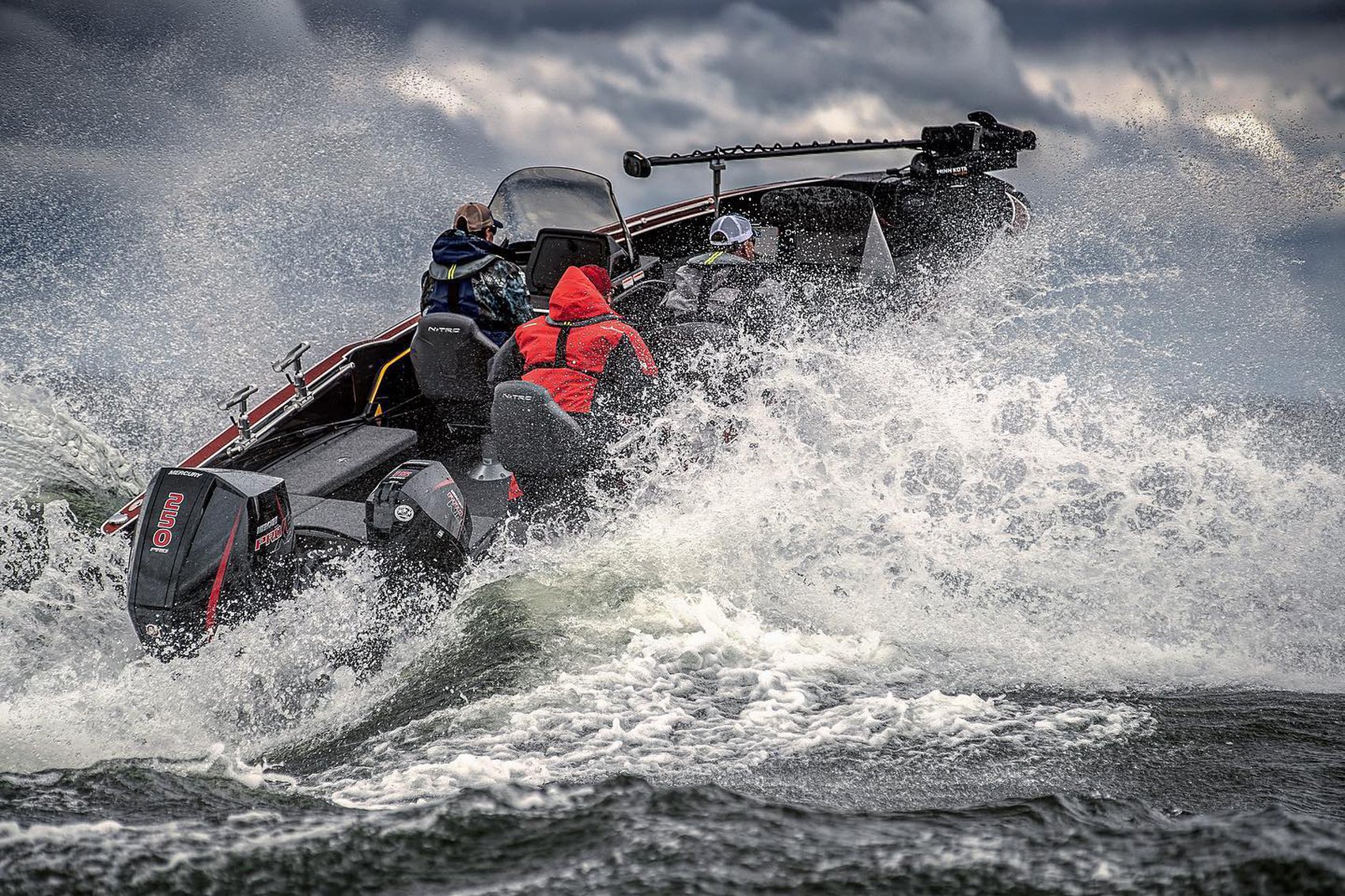
Posted by StewBall
